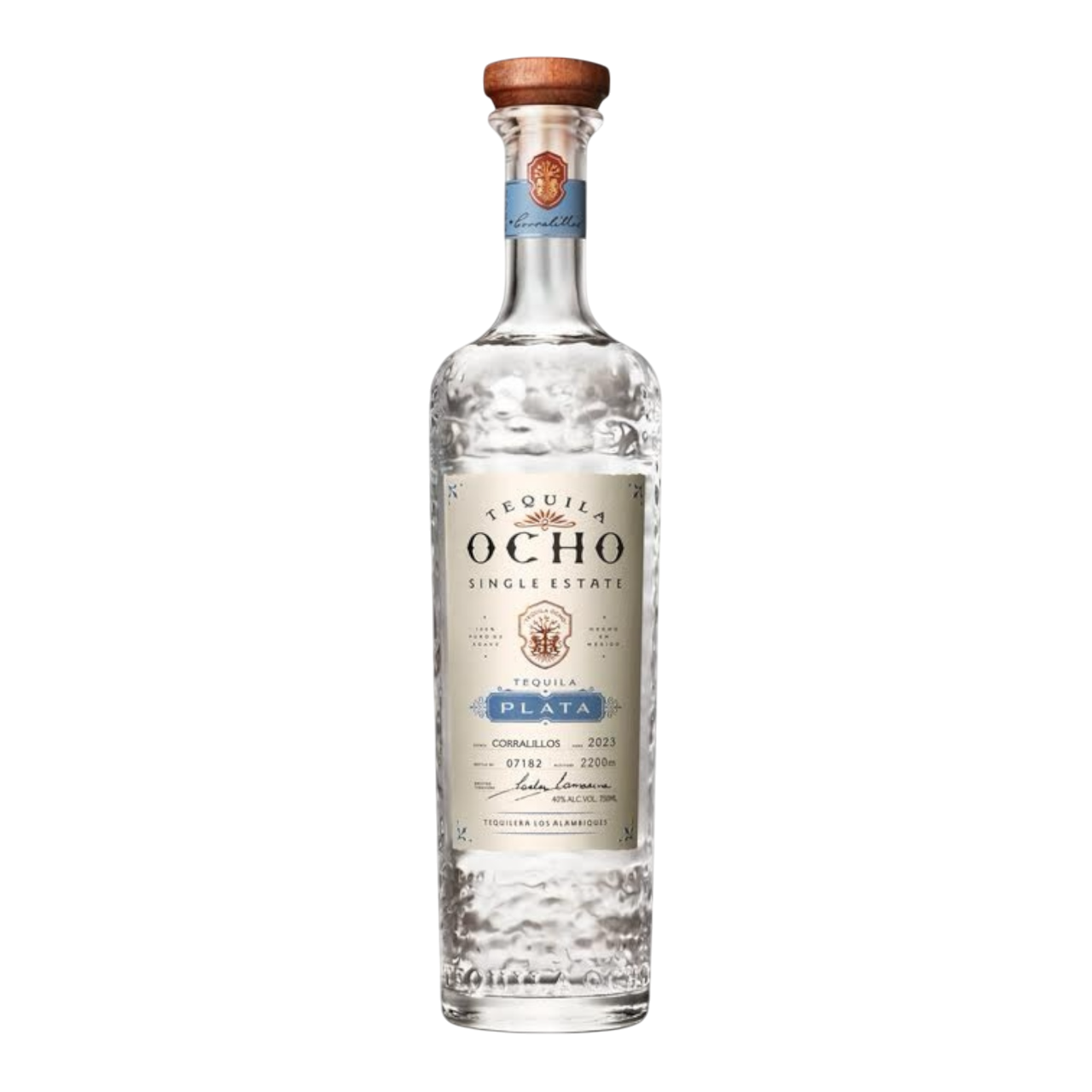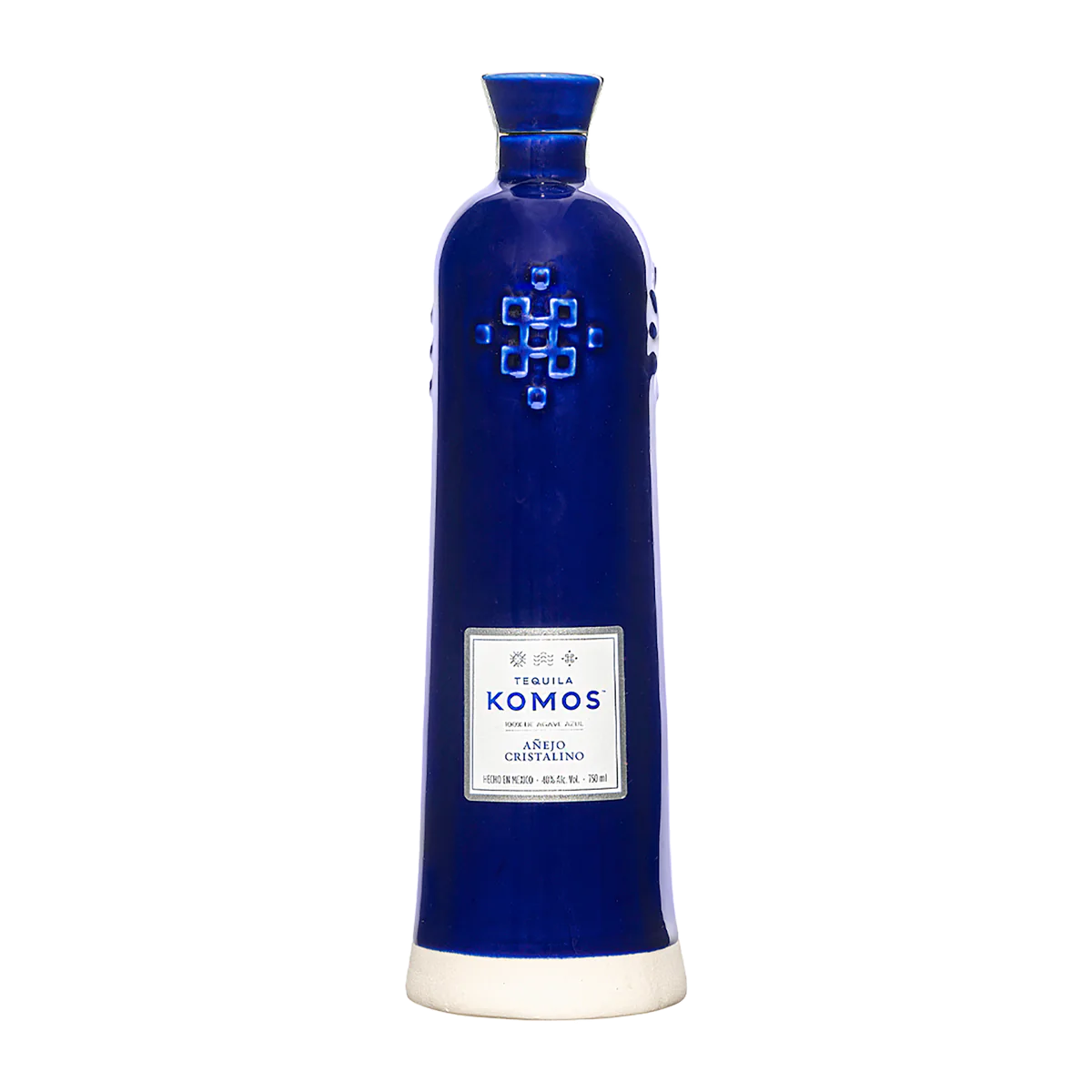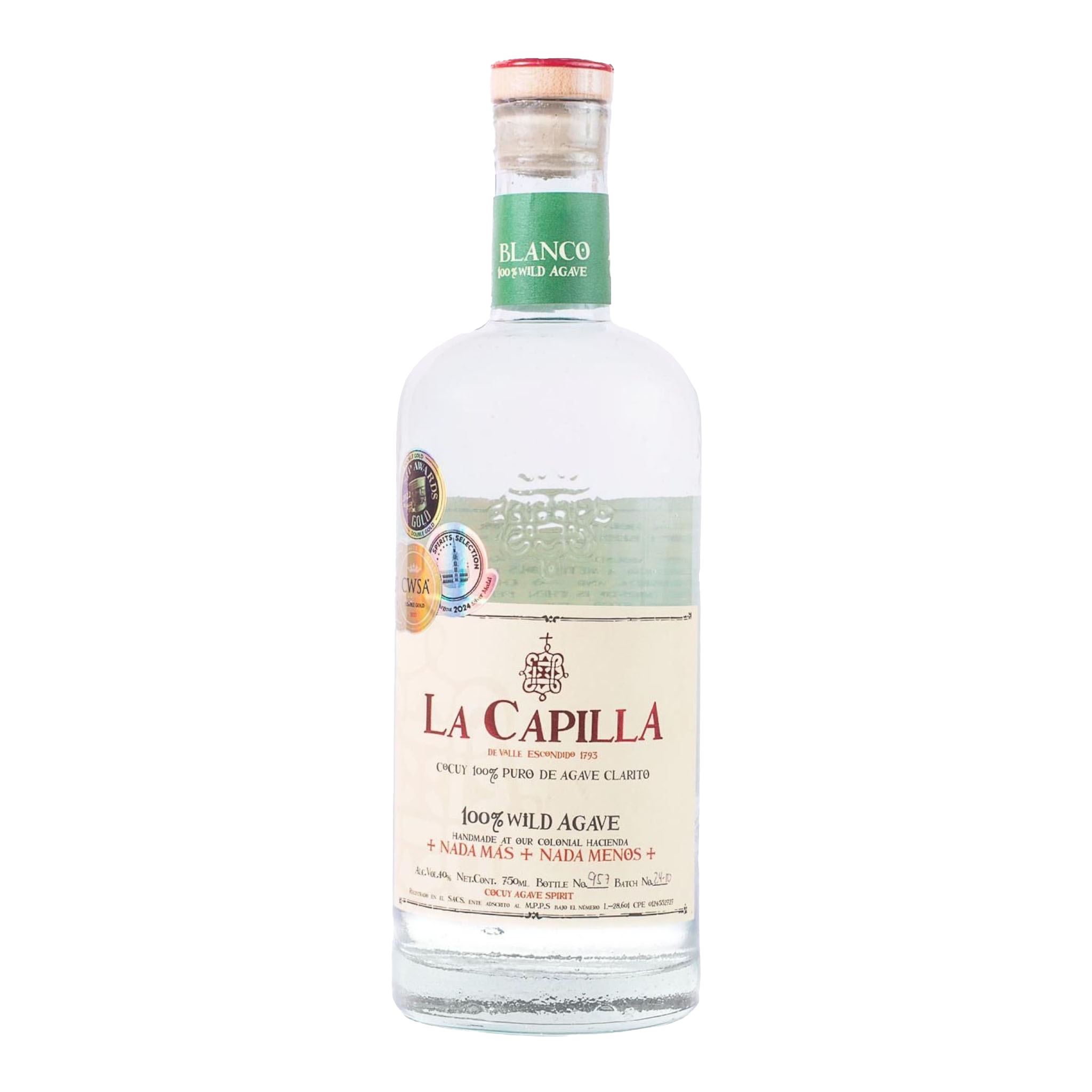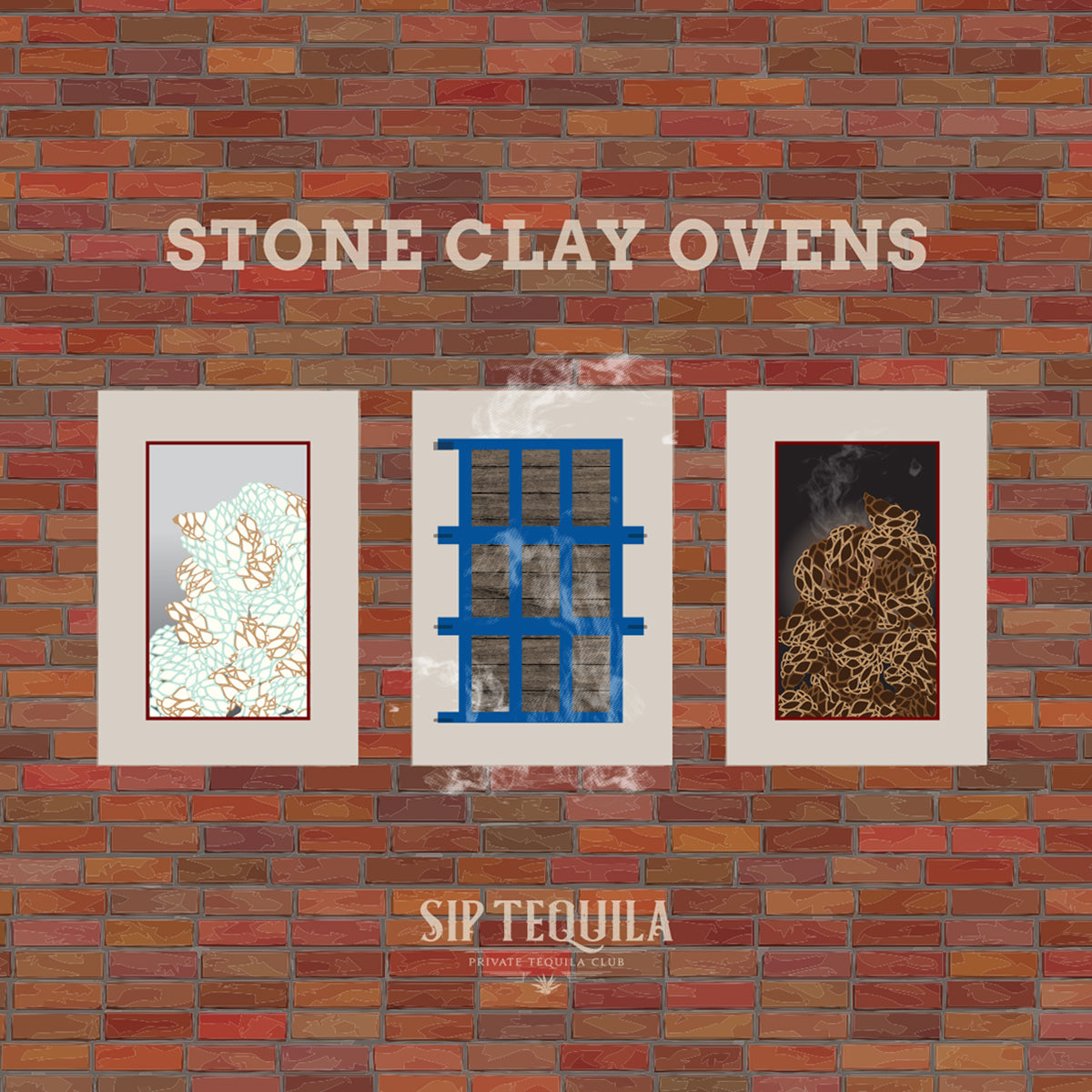Agaves are cut into equal sizes, usually halved or quartered, and stacked on top of each other inside of the oven. The doors are sealed using a locking bar mechanism, and very hot steam is then pumped in. For the first hour or so, the steam washes the agaves, and the bitter parts of the pencas are cooked off, this liquid is released and set aside as waste. Once the temperature of the oven reaches the ideal heat and the agaves begin to caramelize, the liquid that runs off is stored in tanks to sweeten the mosto after milling.
Each producer has a different amount of time they like to steam their agaves for, all very unique, but usually no less than 24 hours. Afterward, the agave is allowed to cool naturally to the point the doors can be opened and then, even more, to be handled by human hands. When the doors open up, the green and white piñas have been transformed to shades of caramel and deep tones of brown.
Many boutique tequila brands prefer this method because of the sweetness and depth it gives to the final tequila product that is produced. The agaves are allowed time to cook slowly, sometimes unevenly, and deliver the maximum amount of sweetness. Some like to compare using a stone oven to a metal oven to cooking a pizza on a pizza stone, or a baking sheet: there are noticeable differences but like we always like to say, “the best tequila is the one you like best.”






















